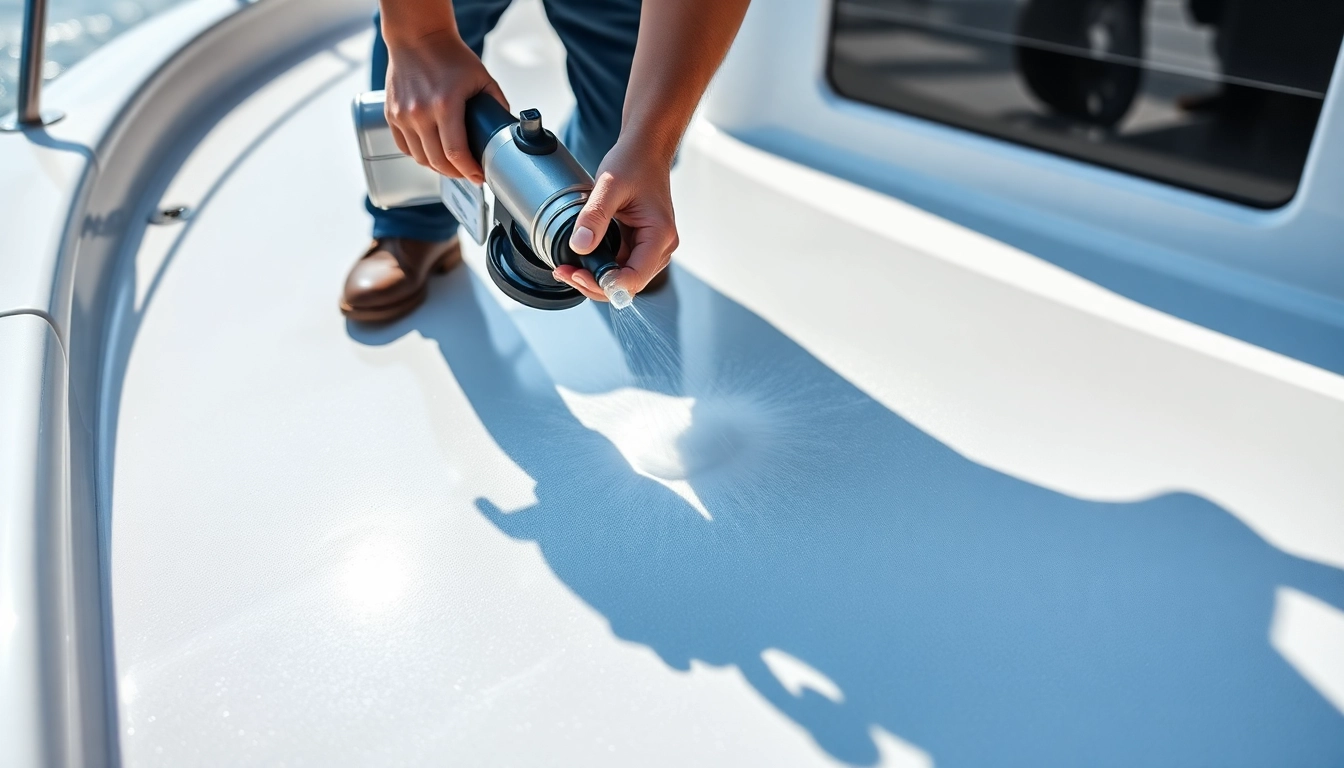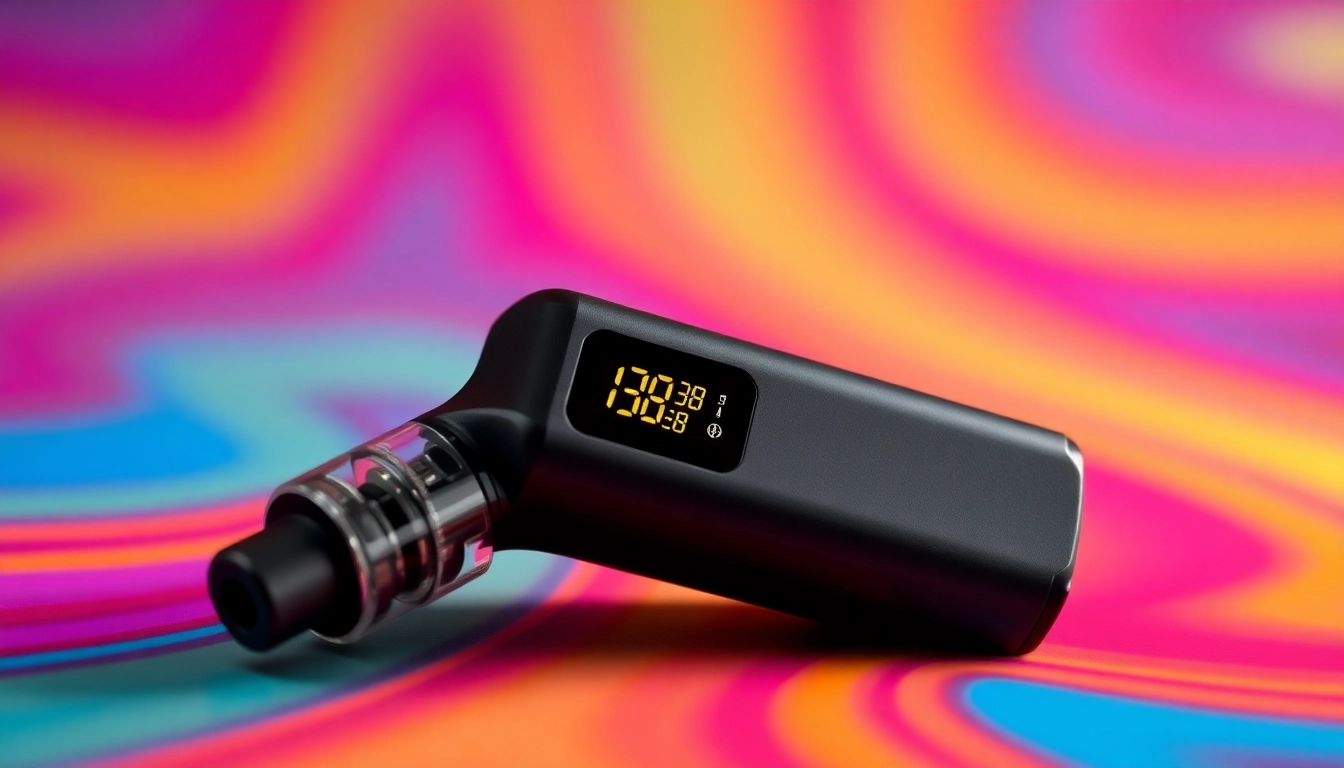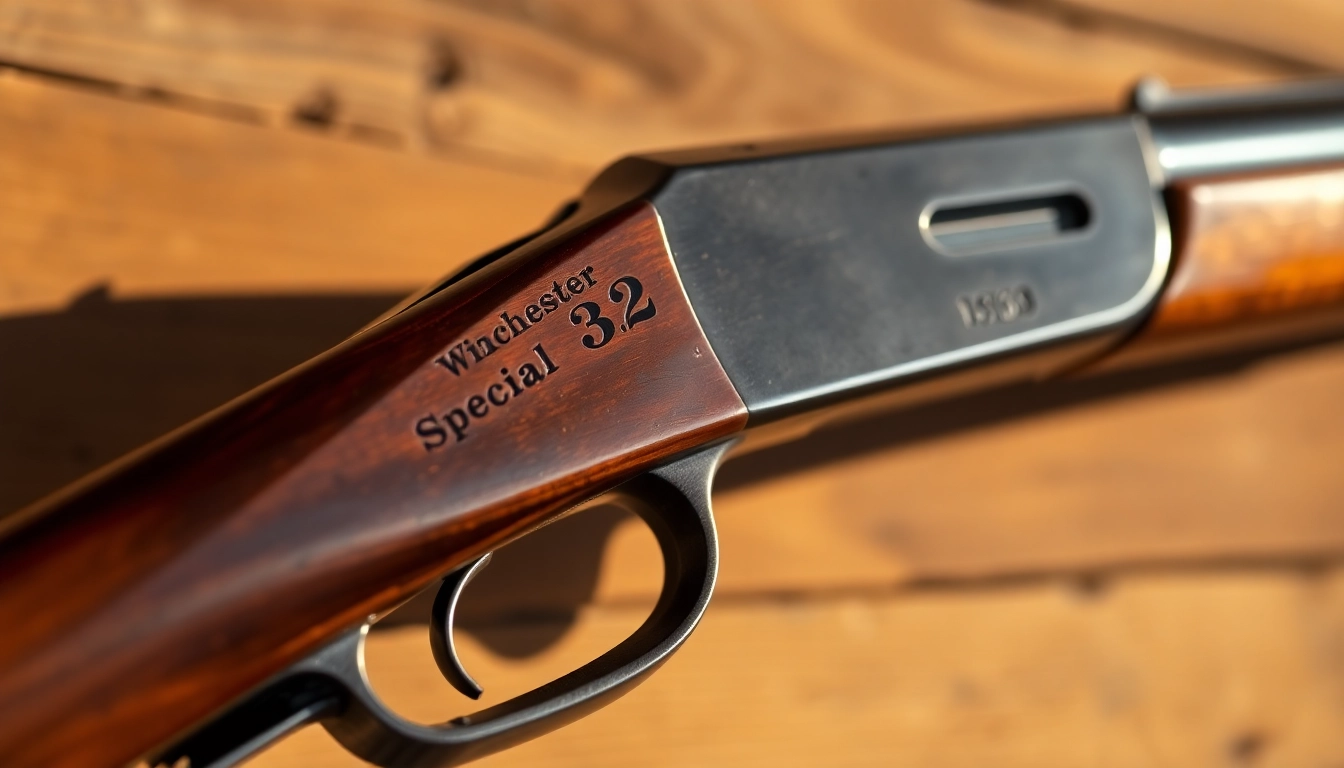Understanding the Importance of Boat Sealants and Protective Coatings
When it comes to maintaining and protecting aquatic vessels, whether they are boats, yachts, or other marine crafts, the role of high-quality Boots Versiegelung cannot be overstated. A reliable sealant not only enhances the aesthetic appeal but also provides crucial resistance against environmental hazards such as saltwater, UV rays, and physical abrasion. Choosing the appropriate protective layer involves understanding the types of sealants available, their specific benefits, and the best application practices to ensure longevity and optimal performance.
Why Boots Versiegelung is Essential for Marine Craft Protection
What is Boots Versiegelung and Its Significance?
Boots Versiegelung, or boat sealing, refers to specialized coatings applied to the exterior surfaces of boats to create an impermeable barrier. These sealants safeguard against the damaging effects of water ingress, UV degradation, and chemical exposure, which can lead to surface etching, color fading, and structural weakening over time. Proper sealing preserves the gelcoat or paint layer, maintaining a boat’s shine, smoothness, and structural integrity.
Comparing Different Types of Marine Sealants
The primary forms of marine sealants include wax-based products, polymer-based coatings, ceramic top coats, and modern nanotechnology formulations. Each type offers unique advantages; for example, wax-based products are easy to apply and provide a good initial gloss, while polymer sealants deliver long-term durability. Ceramic coatings form an extremely hard, glossy surface that resists scratches and chemical attack. For comprehensive protection, many boat owners combine these products with periodic reapplications tailored to their specific needs.
Advantages of Investing in Quality Boots Versiegelung
High-quality sealants significantly extend the lifespan of your boat’s exterior, reduce maintenance frequency, and enhance resale value. They improve hydrophobicity, enabling water to bead off the surface, reducing algae, dirt accumulation, and staining. Additionally, they provide an aesthetic boost by preserving the paint’s depth and gloss, thereby giving your vessel a recém-fresh appearance for seasons to come.
Choosing the Best Boots Versiegelung: Key Factors and Tips
Understanding Materials and Technologies Behind Effective Sealants
Modern marine sealants incorporate advanced polymer and ceramic technologies to yield superior protective results. For example, polymer-based sealants form flexible, resilient films that adhere well to gelcoat and painted surfaces. Ceramic top coats utilize nanotechnology to create a glass-like, chemically bonded layer that enhances hardness, UV resistance, and ease of cleaning. Recognizing these innovations helps in selecting a product that aligns with your boating environment and maintenance preferences.
How to Select the Right Sealant for Gelcoat and Paint
The decision hinges on your specific surface type and intended application frequency. Gelcoat surfaces, prevalent on most boats, require sealants with excellent adhesion properties and UV resistance. For painted surfaces, a gentle but durable coating is essential to preserve the color and prevent peeling. An ideal approach involves using products compatible with the existing surface material, applying in optimal weather conditions, and following manufacturer instructions meticulously.
Applying a Checklist for Proper Application
- Thoroughly clean the surface to remove dirt, algae, and previous coatings.
- Dry the surface completely to ensure optimal adhesion.
- Use appropriate tools such as foam pads or microfibre cloths for uniform application.
- Apply the sealant in thin, even layers, avoiding overlaps or missed spots.
- Follow recommended curing times and conditions for maximum effectiveness.
- Conduct periodic inspections for wear and reapply when necessary.
Step-by-Step Guide to Applying Boots Versiegelung
Preparing Your Boat for Sealing
Preparation is critical for lasting results. Start by removing all loose debris using a high-quality cleaning set, such as the BCC Power Cleaner 1L or similar. Use a soft sponge or microfiber towel to eliminate grime without scratching the surface. For stubborn stains or oxidation, consider polishing with a power polish or a specialized gelcoat cleaner. Ensure the surface is completely dry and free from wax or chemical residues before proceeding.
Applying the Sealant for Optimal Results
Use tools like foam applicators or microfibre cloths to spread the sealant evenly. For larger surfaces, employing a foam gun like the BCC Snow Foam Gun can facilitate even coating while saving time and effort. Work section by section, maintaining a wet edge to prevent lap marks. For best adhesion, apply thin coats and build up until the desired thickness is achieved. Patience during curing times—usually 12-24 hours—ensures a durable, glossy finish.
Drying and Post-Application Tips
After applying the sealant, avoid exposing the surface to water or harsh weather for the recommended drying period. Use soft towels like the BCC Drying Towel to remove any residues or streaks without damaging the coating. Regular maintenance with gentle cleaning agents and avoiding abrasive pads maintains the protective layer’s integrity. Reapplication every 1-2 years or as needed will prolong the protection efficacy.
Addressing Common Challenges in Boots Versiegelung
Preventing Blisters and Streaks
One frequent issue is the formation of streaks or bubbles. These are often caused by applying the product in high humidity or direct sunlight. To prevent this, always work in shaded, well-ventilated conditions and follow the product’s temperature recommendations. Using the right tools, such as soft, clean microfiber applicators, ensures even distribution and minimizes imperfections.
Fixing Uneven or Flawed Coatings
In cases where application results in uneven coverage, lightly buff the area with a microfibre towel and reapply thin coats to affected sections. For deeper issues like cloudiness or streaks, a gentle polish combined with proper surface preparation may be necessary. Always test on a hidden spot first to determine compatibility.
Enhancing Durability with Regular Reapplications
The longevity of your protective coating directly correlates with maintenance frequency. For high-exposure surfaces, reapply sealants twice a year. This proactive approach prevents environmental damage, maintains shine, and ensures ongoing water repellency.
Post-Protection Care and Long-Term Maintenance
Cleaning Tips for Sealed Gelcoat
Use mild, non-abrasive cleaners compatible with your sealant to preserve the coating. Avoid harsh chemicals that can degrade the protective layer. Microfiber towels like the BCC Microfaser Towel are excellent for regular cleaning, providing a non-scratch surface that lifts dirt effectively.
Monitoring Signs for Reapplication
Watch for signs such as increased water absorption, dullness, or discoloration. These indicators suggest that the protective layer has weakened and needs renewing. Routine inspections will save you from unexpected damage and costly repairs.
Ensuring Long-Lasting Protection and Gloss
Combining proper cleaning, timely reapplications, and applying high-quality sealants like the MARINE SEALANT MS-3000/60 V2 ensures your boat remains protected against harsh conditions and retains a stunning appearance. Investing in versatile products like the BCC Wash-Kit and efficient tools such as the BCC Polierpuck extra weich further enhances the finish and longevity.



